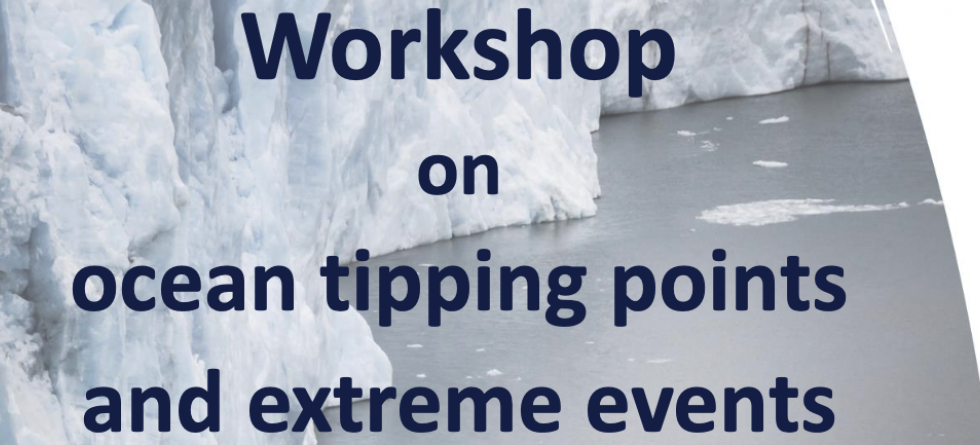Time: 09.30-11.30 (GMT + 02:00)
Since the beginning of the industrial revolution, the oceans have taken up 30 to 40% of the total carbon dioxide (CO2) and 93 % of the heat added to the atmosphere through human activities.
For ecosystems, such changes may lead to sudden regime shifts when certain thresholds in warming, oxygen availability, and acidification are reached.
As an example, marine heatwaves have a high peak temperature and can push ecosystem from one stable state to another.
In this workshop, we will cover the definition itself in more detail along with recent findings on marine tipping points and regime shifts from the two EU Horizon 2020 projects COMFORT and TiPACCs and the Arctic Monitoring and Assessment Programme.
- Sign up here
- See also: Policy Brief: Key findings and recommendations from three H2020 Projects on Tipping Points: TiPES, COMFORT, and TiPACCs (Zenodo),
Agenda:
Moderator: Christoph Heinze (UiB)
09:30-09:50: Abrupt changes, regime shifts and tipping points: potential impacts on Norway by Friederike Fröb (UiB) and Petra Langebroek (NORCE)
09:50-10:05: Q&A
10:05-10:15: Assessing the mitigation potential and side effects of ocean-based Carbon Dioxide Removal techniques by Giang Tran (GEOMAR)
10:15-10:25: Emit now, mitigate later? Response of the Earth system to zero and negative emissions by Jörg Schwinger (NORCE)
10:25-10:35: Adaptation in the changing Arctic by Rolf Rødven (AMAP)
10:35-10:40: Policy recommendations by Christoph Heinze (UiB)
10:40-11:30: Q&A session

COMFORT and TiPACCs projects have received funding from the European Union’s Horizon 2020 research and innovation programme under grant agreement No 820575 (TiPACCs), No 820989 (COMFORT) and the Research Council of Norway 309382 (COMFORT). The work reflects only the author’s/authors’ view; the European Commission and their executive agency are not responsible for any use that may be made of the information the work contains.

